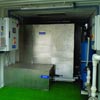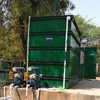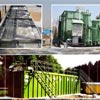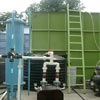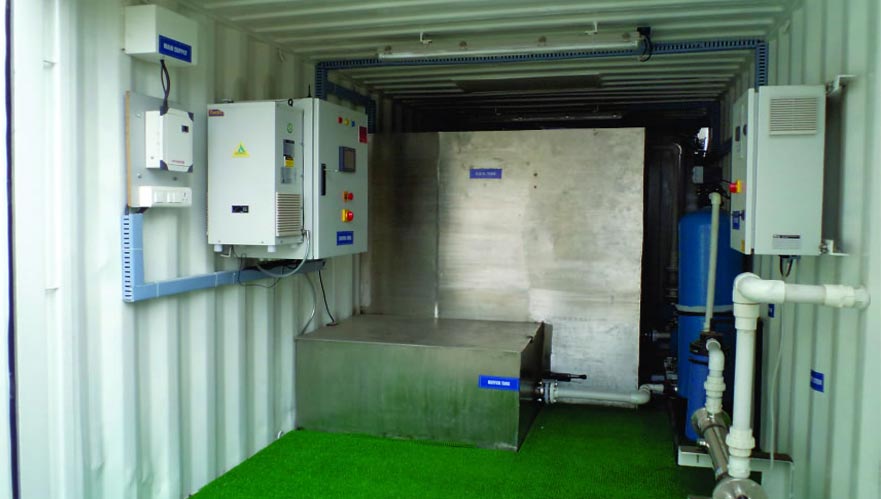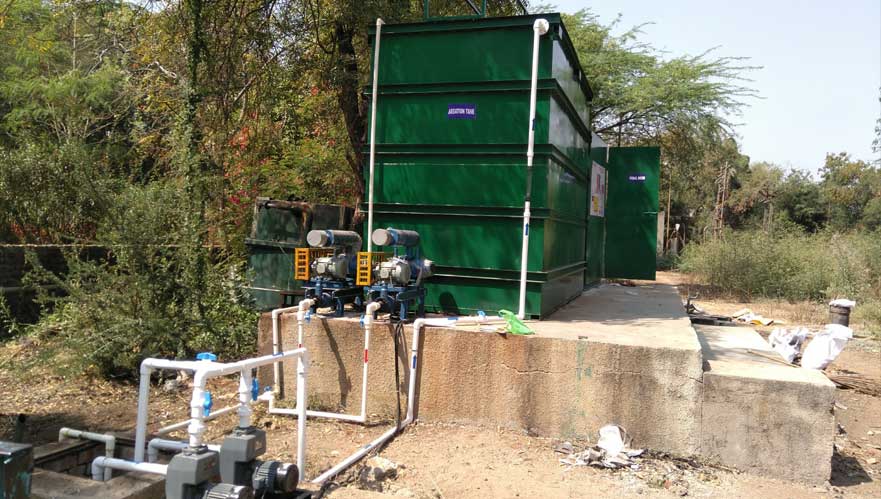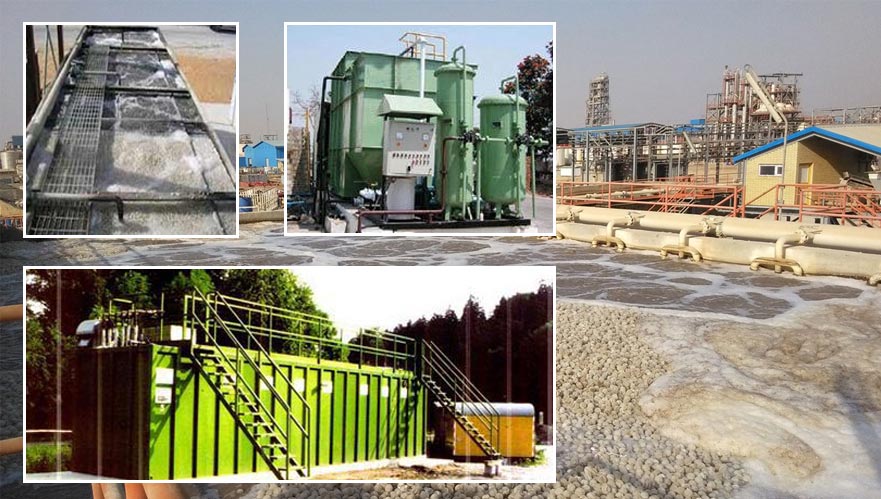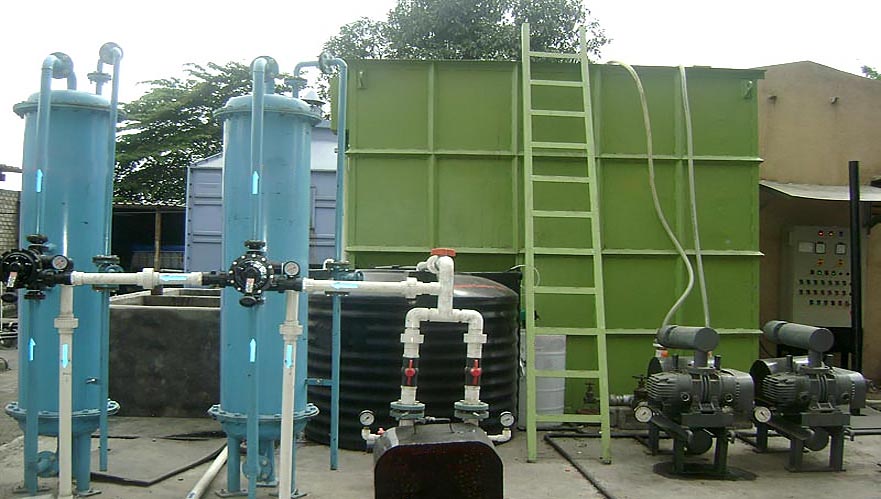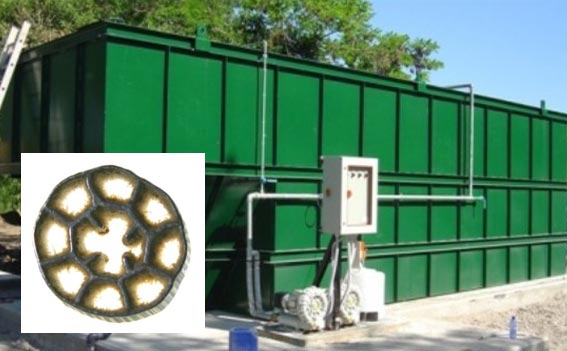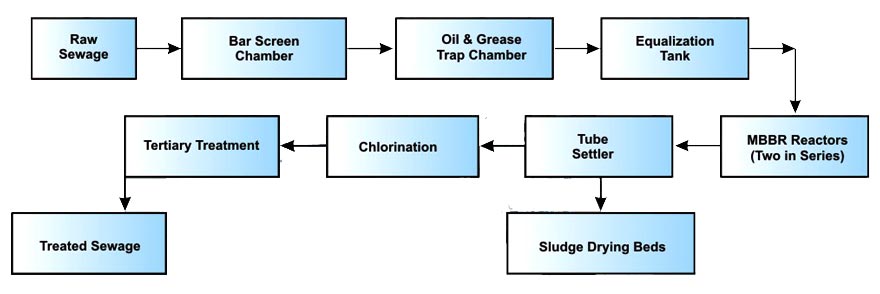To prevent the plastic carriers from escaping the aeration it is necessary to have a sieve on the outlet of the tank. Moving Bed Biofilm Reactor (MBBR) processes improve reliability, simplify operation, and require less space than traditional wastewater treatment systems.
MBBR technology employs thousands of polyethylene biofilm carriers operating in mixed motion within an aerated wastewater treatment basin. Each individual biocarrier increases productivity through providing protected surface area to support the growth of heterotrophic and autotrophic bacteria within its cells. It is this high-density population of bacteria that achieves high-rate biodegradation within the system, while also offering process reliability and ease of operation.
This technology provides cost-effective treatment with minimal maintenance since MBBR processes self-maintain an optimum level of productive biofilm. Additionally, the biofilm attached to the mobile biocarriers within the system automatically responds to load fluctuations.
Advantages
The MBBR system is considered a biofilm process. Other conventional biofilm processes for wastewater treatment are called trickling filter, rotating biological contactor (RBC) and biological aerated filter (BAF). Biofilm processes in general require less space than activated sludge systems because the biomass is more concentrated, and the efficiency of the system is less dependent on the final sludge separation. A disadvantage with other biofilm processes is that they experience bioclogging and build-up of headloss. [1]- Compact Design
- Cost effective
- Single Pass Process
- Minimal Maintenance
- MLSS levels to maintain
- A fraction of the size of conventional systems
- Capacity can be easily upgraded by simply increasing the fill fraction of biofilm carriers
- No return activated sludge stream required
- Actively sloughed biofilm automatically responds to load fluctuations
The MBBR system is often installed as a retrofit of existing activated sludge tanks to increase the capacity of the existing system. The degree of filling of carriers can be adapted to the specific situation and the desired capacity. Thus an existing treatment plant can increase its capacity without increasing the footprint by constructing new tanks.
When constructing the filling degree can be set to, for example, 40% in the beginning, and later be increased to 70% by filling more carriers. Examples of situations can be population increase in a city for a municipal wastewater treatment plant or increased wastewater production from an industrial factory.


